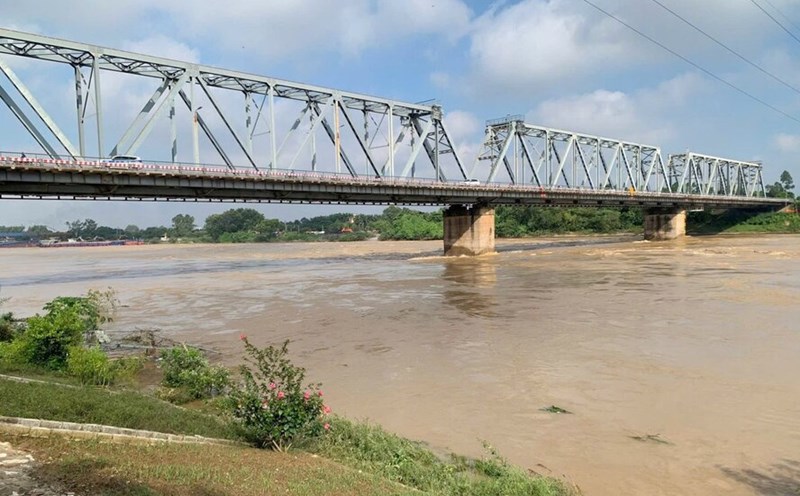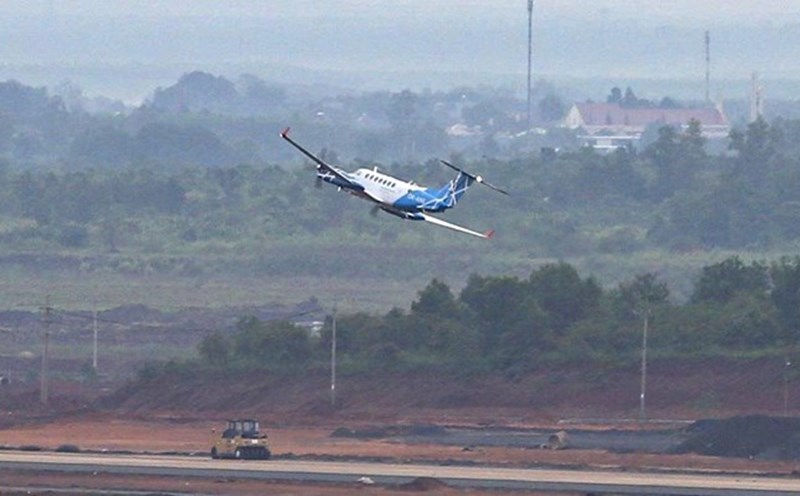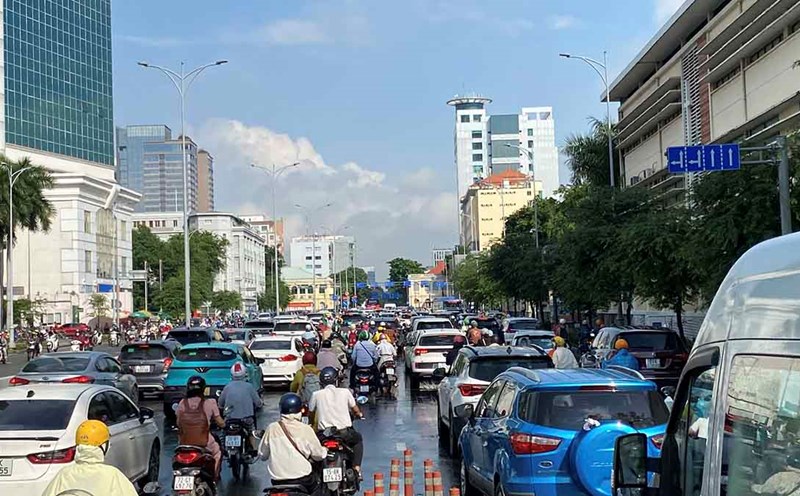Vice President Vo Thi Anh Xuan, authorized by the President, has just signed a decision to award the First Class Labor Medal to the Department of Hydrometeorology (Ministry of Agriculture and Environment), recognizing the unit's practical and meaningful contributions on the occasion of the 80th anniversary of the Traditional Day of the Hydrometeorological Sector.
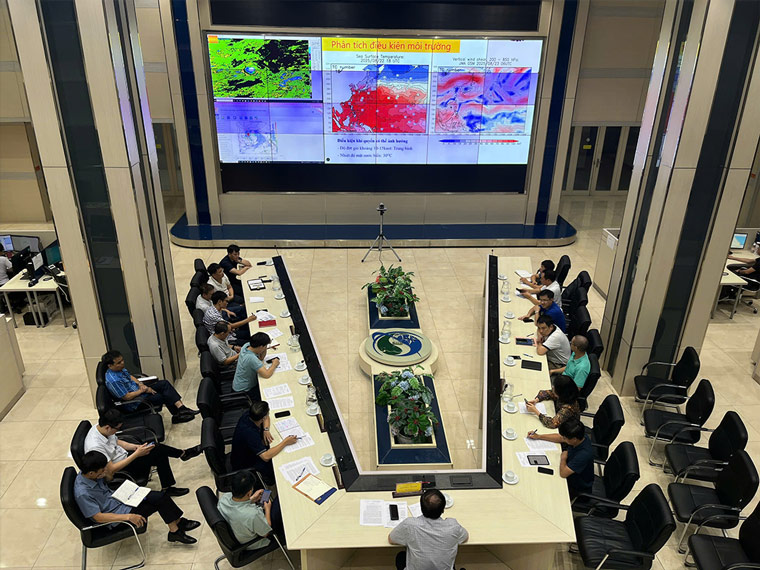
On October 3, 1945, President Ho Chi Minh issued Decree No. 41 to transfer the Department of Astronomics and the Phu Lien Astronomical Station under the Ministry of Public Security. This is considered a historical milestone, laying the foundation for the Vietnam Hydrometeorological sector.
After 80 years of many changes, the Department of Hydrometeorology is now a unit under the Ministry of Agriculture and Environment, managing 13 units under the Department of Hydrometeorology, including 6 organizations to help the Director perform the function of state management and 7 public service units. At the same time, there are 2,650 civil servants, public employees and workers working across the country.
Currently, our country has 2807 Hydrometeorological stations (an increase of 44% compared to the period 2016-2020), the rate of automated meteorological monitoring is 65%, rain is 100%, thunderstorms are 100%, hydrology is 69% and hydrology is 74%, the modern weather network is basically distributed nationwide.
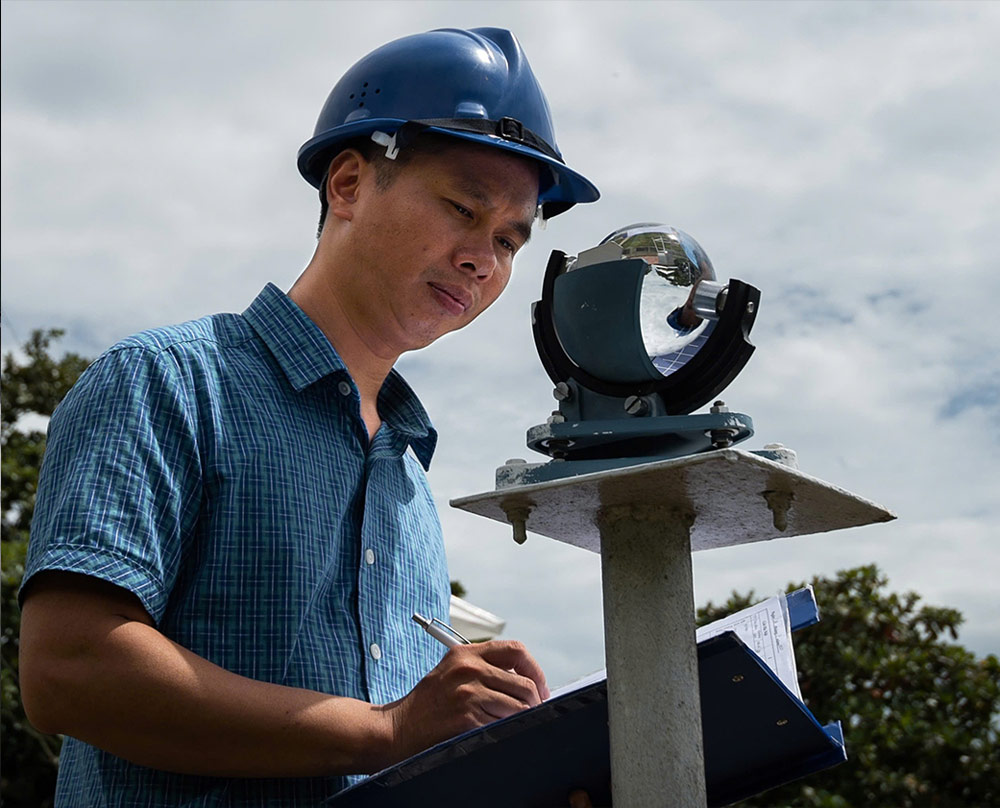
After 80 years of efforts in development and innovation, the Department of Hydrometeorology has achieved outstanding results in developing new technology, measurement and monitoring equipment. Specifically, the outstanding advantage of the ultra-orbit satellite cloud photography station is the ability to take high-resolution cloud photos, providing detailed information about the structure of clouds, storms, strong thunderstorms and extreme weather systems; the advantage of the global climate monitoring station is that it is modern equipment, which can measure the concentration of patchwork with very small content, very high accuracy, continuous measurement (maximum response time 30 seconds to 60 seconds), and relatively high durability. The system can transmit data continuously (Near real time) 24/24h.
In addition, in the recent journey, the Hydrometeorological sector has also achieved some results in developing technology, equipment and technical innovation initiatives in the work of forecasting and warning Hydrometeorology has a breakthrough nature, bringing high efficiency.
In terms of computing infrastructure, the operation of the CrayXC40 supercomputer is a breakthrough. With a capacity of nearly 80 TFLOPS, this supercomputer allows a 3 km forecast run for the entire territory and the East Sea in just 30-40 minutes, putting Vietnam in the group of countries with strong calculation capabilities in the region. During the heavy rains in September 2024, this system has helped update the 3 km rain forecast map, supporting flash flood and landslide warnings to the commune level.
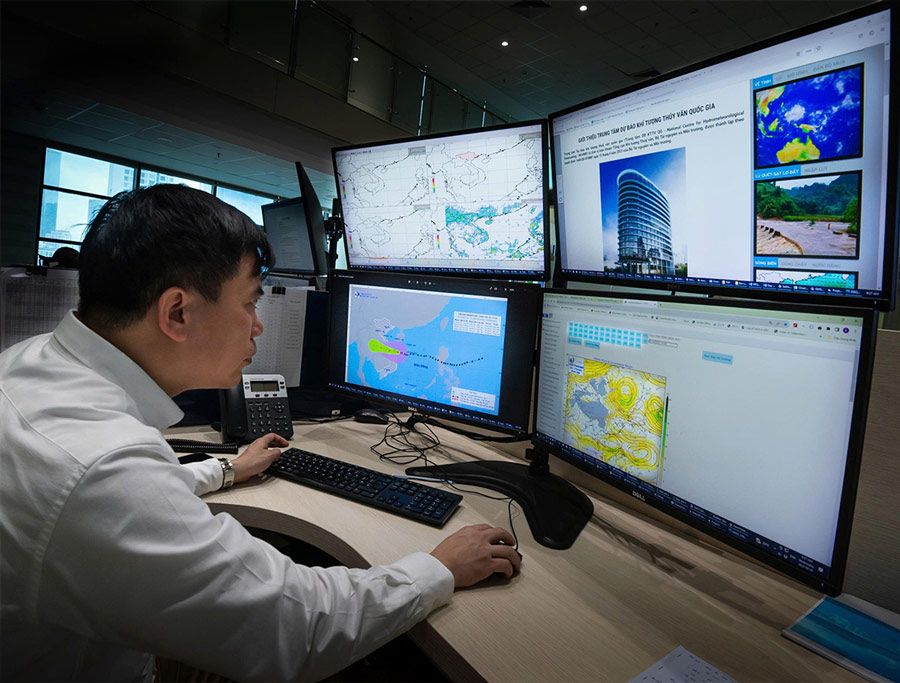
At the same time, artificial intelligence (AI) has been applied in storm identification, extremely short rain forecasting, Himawari satellite image analysis, and improved forecast of tropical cyclone intensity. In 2022, a deep learning model integrated with satellite and radar data helped identify the center of Noru early when entering the East Sea, supporting a 72-hour early warning.
This is an important preparation step for Vietnam to gradually master large-scale forecasting technology using AI, towards developing a Vietnamese brand model.
Thanks to technological innovation and improved forecasting skills, forecasting quality has improved significantly. In which, the storm forecast period is increased from 24 hours to 3 days, warning given 5 days in advance; the storm location errors at the 48-hour period are reduced by half.
Forecast of heavy rain, flood warnings 2-3 days in advance to reach a reliability of about 75%; local thunderstorms warning 30 minutes - a few hours in advance; forecast of severe cold, severe cold and widespread hot weather to reach a reliability of 70-90%.
The above efforts have helped Vietnam become one of the leading countries in Southeast Asia in weather and disaster forecasting and gradually approach the level of advanced countries in Asia.




